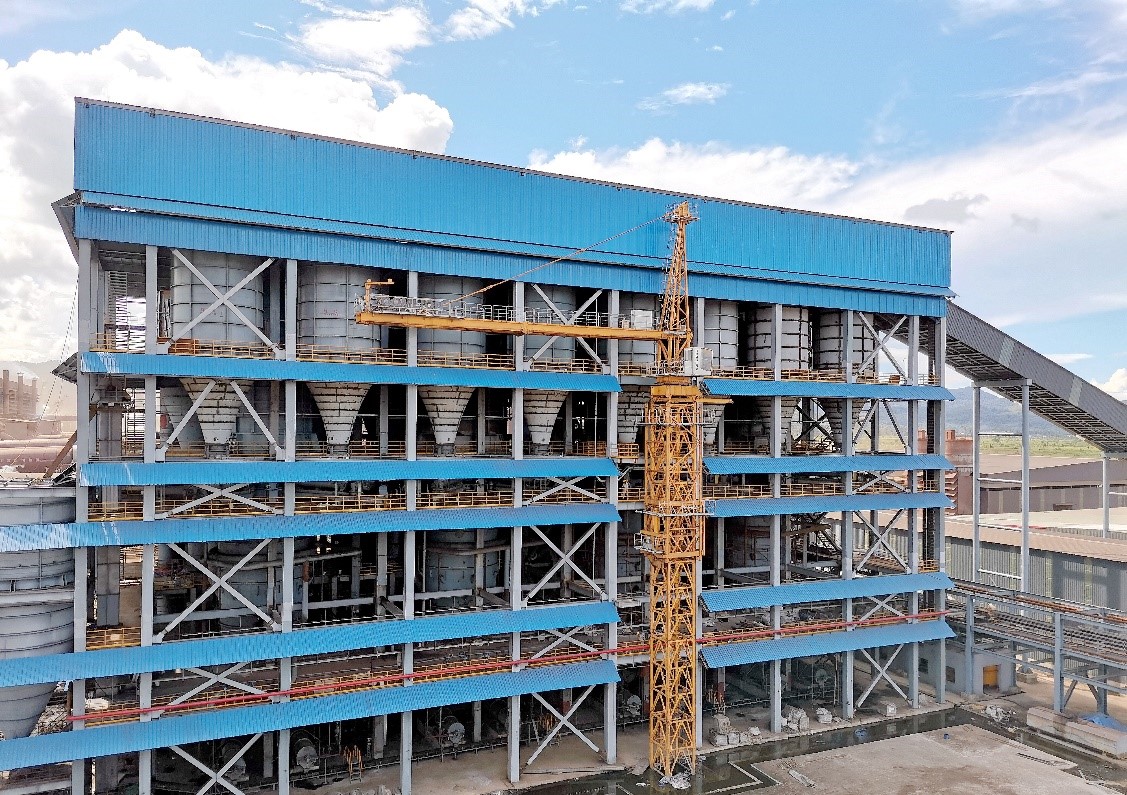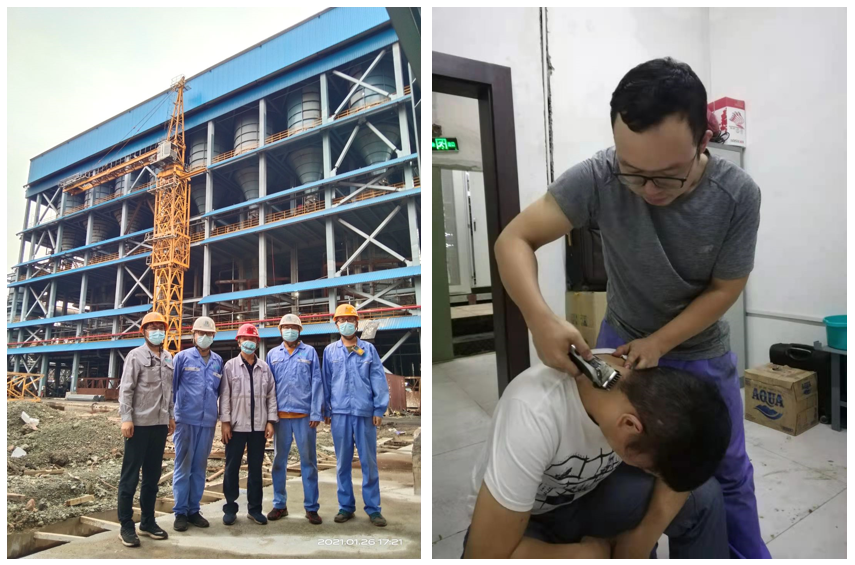At 7:00 AM on January 23rd, the No. 1 furnace of the Xiamen XiangSheng Circulating Fluidized Bed Oxygen-Enriched Coal Gasification Project, undertaken by ZHGAS, successfully passed its 168-hour performance assessment. This marks a significant breakthrough in the efficient utilization of Indonesian lignite using Circulating Fluidized Bed Coal Gasification (CGAS) technology, further validating its coal adaptability.
This project is ZHGAS's first overseas venture, initiated in active response to the national "Belt and Road" initiative. The project site is located in Konawe Regency, Kendari City, Southeast Sulawesi, Indonesia. It is planned as a supporting gas station for a local integrated stainless steel smelter with an annual output of 2.5 million tons. Upon completion, it will provide fuel for the rotary kilns of thirty-two nickel-iron production lines across four workshops in the iron smelting plant. The first phase of the project will involve the construction of four circulating fluidized bed gasifiers, each with a single capacity of 80,000 Nm3/h. Currently, the No. 2 furnace is also in operation, and Nos. 3 and 4 furnaces have completed construction and are about to commence low-temperature drying.

Local lignite has a high moisture content of up to 40%, and its characteristics such as flammability, friability, and poor slurry formation make it unsuitable for gasification processes like fixed-bed, entrained-flow (slurry), and entrained-flow (dry powder) technologies. However, the core technology from the Institute of Engineering Thermophysics, Chinese Academy of Sciences—CGAS technology—fully leverages lignite's high reactivity and good grindability. Furthermore, CGAS technology can accept raw coal with higher moisture content, allowing it to enter the gasifier without prior drying, significantly reducing the energy consumption for deep processing of lignite.
Previously, the owner used a pulverized coal injection process to heat the rotary kilns, where coal powder was directly sprayed into the kilns for combustion. The noise and dust generated during the pulverizing and spraying processes severely polluted the local environment and jeopardized the health of operating personnel. The replacement of coal powder with gas not only solved the pollution issues but also significantly reduced labor requirements at the refinery, enhancing the automation level of the plant. The operational results have received high praise from the owner.
Due to the impact of the COVID-19 pandemic, project team members had not returned home for over a year since their arrival in December 2019. Amidst the severe epidemic, they overcame numerous difficulties: as manufacturers could not send technical personnel for commissioning support, they proactively studied technical documents such as installation layout diagrams, equipment commissioning, and operation requirements. They also conducted video calls with manufacturers to carry out installation and commissioning under remote guidance. On-site living supplies were limited, making it difficult to provide meals according to Chinese dietary habits. The eight personnel permanently stationed on-site collectively lost over 50 kilograms, which they jokingly called "participating in a paid weight-loss training camp."

The Indonesia project is a pivotal undertaking for ZHGAS, marking its debut in the international market and achieving cross-border development. It is also a significant step for the company to actively expand into overseas markets and explore international business strategies. During the "14th Five-Year Plan" period, ZHGAS will actively align with the major trends of international and domestic development, give full play to its platform advantages, innovate cooperation models, and promote the transformation of scientific research achievements towards the international market.